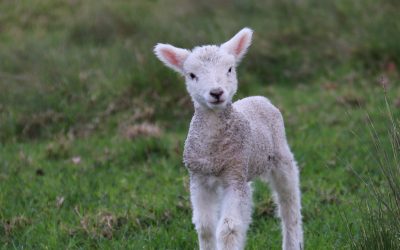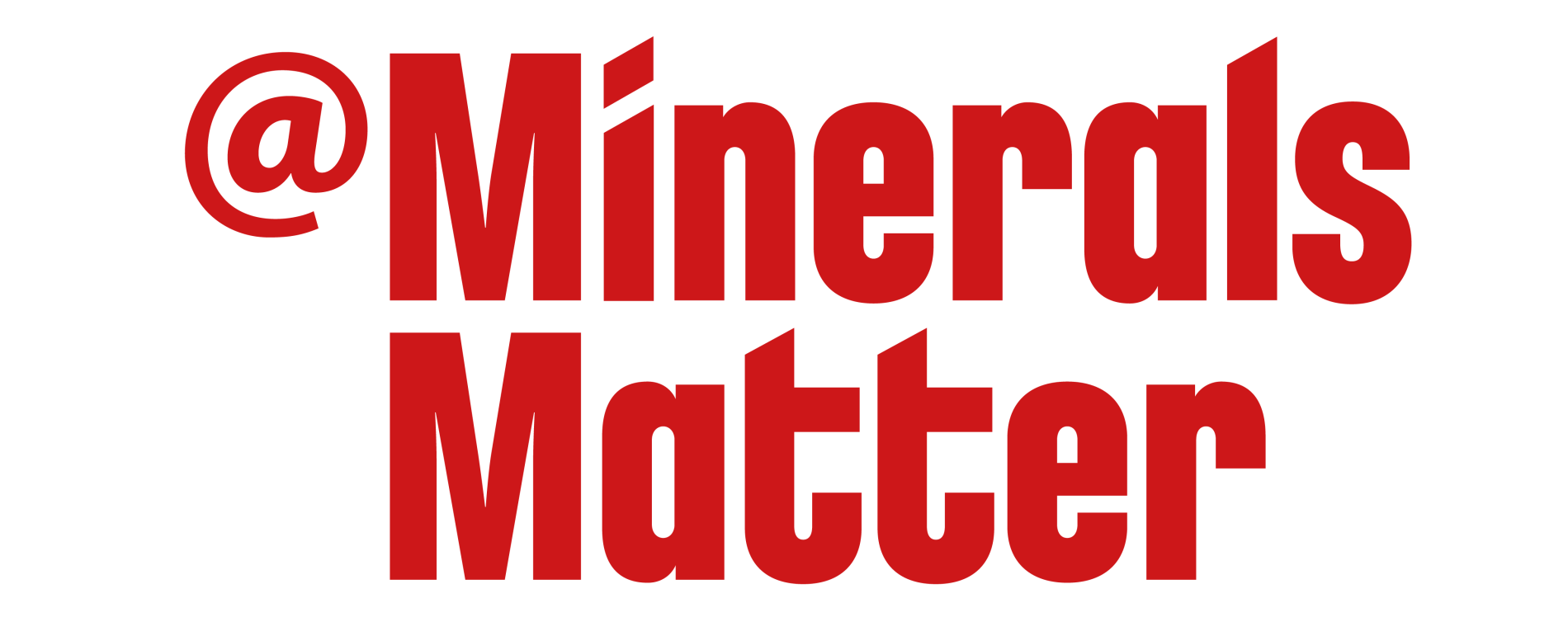Article
September- What’s in your grass?

Grass samples were collected across the country week commencing 21st September 2020. On a whole, September has been quite a good month weather-wise across the country. However, with ups and downs in temperatures we are experiencing colder nights and frosty mornings going forward into October. There was significantly more rainfall in the week leading up to the sample compared to the week of collection. (See Figures 1 and 2 for rainfall, grass growth and soil moisture).

Spring and Autumn are usually the main high-risk periods for grass tetany in both cattle and sheep. However, it can appear at anytime during the year depending on magnesium availability. It is important
to note that grass tetany can be a result of low magnesium in the forage or an interference between potassium/salt and magnesium. A high potassium intake is a major dietary factor that inhibits Mg absorption which entails the risk on Mg deficiency. The inhibitory effect of K on the efficiency of magnesium absorption can be counteracted by supplemental magnesium.

Results show that on average potassium levels are average. Sometimes grass tetany can present as sub-clinical and can result in a depression of dry matter intakes, reduction in milk yields, loss of body condition, and increased susceptibility to diseases such as milk fever.
Our grass mineral analysis has highlighted that magnesium levels are extremely low in the
herbage during this period (samples taken third week September), with 78% of the samples being in the very low/low range (Av = 0.18%). Alongside magnesium being low, 78% of the grass sampled for sodium
is also very low/low (Av = 0.15%). All cattle and sheep should be provided with a magnesium supplement
daily. Product suggestion: Uniblock high mag/ mixrite high mag (Cattle only) or Economag/ Super 15s/
Mixrite sweet Mag (Cattle and sheep). It is important to recognise that even if animals are supplemented with magnesium that grass tetany can still occur as a result of sodium shortage. Research has shown that without adequate sodium in the animal’s blood, the body will grab onto the most available cation, in this case magnesium, followed by calcium. Magnesium absorption from the rumen is dependent upon sodium.
Therefore, salt licks can be a valuable supplement to ruminants grazing pasture low in sodium to help prevent grass tetany from occurring. Access to sodium also appears to help alleviate acute deficiencies during spikes in nitrate. Therefore, a salt bucket should often be supplied to cattle/sheep at this time. Product suggestion: Uniblock’s grazing salt.
Copper, zinc and iodine levels are very low. In addition to this molybdenum and iron levels are high. These are antagonists to copper and result in copper being locked up and unavailable to the animal.
The greater the level of antagonists present the greater requirement there is for supplementation. Copper should be supplemented to cattle at grass.
Zinc levels are showing to be very low compared to other time periods. Zinc is a very important trace element for ewes and cattle pre and post breeding. A deficiency of zinc in males reduces testicular
development and sperm production. Whereas in females, cycling and conception rate are decreased by zinc deficiency. Based on zinc supplementation studies, subclinical zinc deficiency can result in impaired reproduction and decreased weight gains.
Supplement your ewes with Uniblock’s sheep mineral – contains high levels of zinc (4000mg/kg) and other essential trace elements for in lamb ewes. Selenium, copper, zinc, cobalt and iron have been shown to alter various components of the immune system. We have established from our results that grass
is not overly high in any of these important trace elements during this period. Often calves are weaned during this time and various changes often take place around weaning such as change of diet, social group and housing. All of these factors lead to stress, and coccidiosis is an opportunist (a disease that develops when other stress factors are present). Coccidiosis is often seen 3-4 weeks after mixing groups of recently weaned calves.
A large percentage of calves are infected sub-clinically as their immune system is able to fight gut damage caused by coccidia. This immune response comes at a price as it uses energy which could otherwise be used for growth. These calves will have reduced appetite, poorer weight gain, and dull coat compared to a healthy calf. Coxxicalf is a bucket based on seaweed, yeast and essential oils (poly phenols) all of these will improve calf rumen digestion, reduce protein degradability (which may reduce the energy required for ammonia excretion – so more for immunity) and have been shown to kill protozoa.
The life cycle of coccidiosis is approximately 21 days; therefore, it is recommended that buckets are placed with animals before any risks of stress occurs. Coxxicalf also provides full mineral supplementation at grass, grass tends to lack various trace elements throughout the grazing period. Therefore, coxxicalf allows for full protection at grass.
Summary
• Magnesium and sodium low in grass – risk of grass tetany
• Low copper and high molybdenum & iron – copper supplementation necessary
• Low copper and zinc – supplementation of TEs essential to support good immunity, especially in young calves.
Met Eireann historical weather: www.met.ie/climate/available-data/monthly-data

(based on Irish grass samples taken nationwide in September 2020)

Leave a Reply